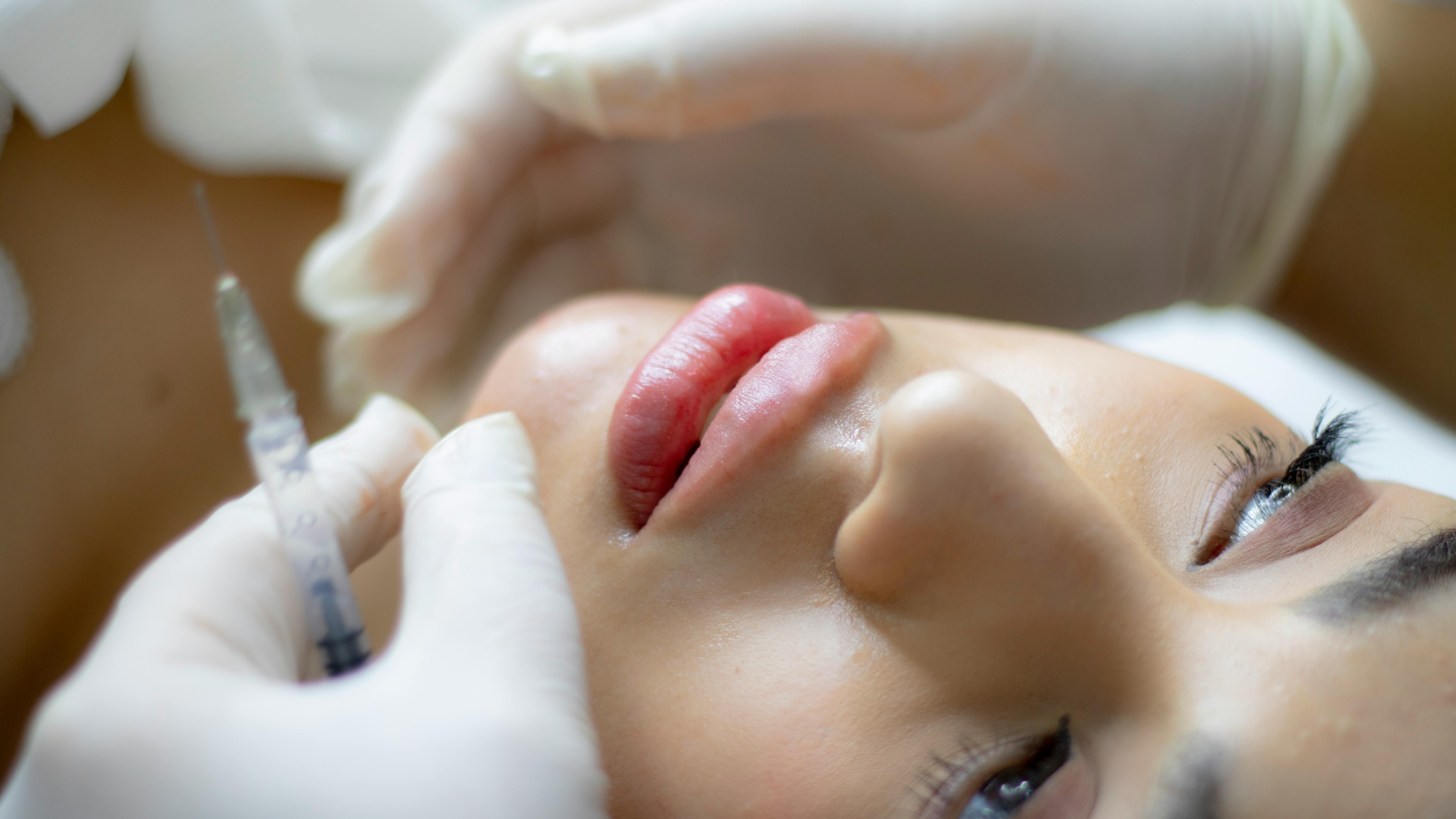This article was originally published in The Future of Beauty Trend Report. Receive your copy here
From ‘Ozempic face’ to ‘Ozempic butt’, the side effects of rapid weight loss on the skin from the use of GLP-1 medications, have become a global phenomenon as the use of the drugs, also sold under the brand names Wegovy and Mounjaro, has soared around the world.
One in eight Americans have tried Ozempic or similar GLP-1 medications, according to the Kaiser Family Foundation, while in the UK, analysts have said that private prescriptions for the jabs could reach one million in 2025.
By 2035, the GLP-1 market could exceed US$100bn in the US, according to J.P. Morgan Research.
But beyond the much-evaluated impacts that the rising use of weight loss jabs could have on economic growth, and on the health, fitness and food industries, are the changes affecting what The Future Laboratory calls ‘side effect economies’.
“GLP-1 [agonists] like Ozempic are reshaping industries beyond healthcare, triggering transformations in beauty standards, fashion retail and even airline economics,” says the trend forecaster in its report Neozempic Futures.
The beauty industry is one of a number of ‘side-effect’ economies that is already being disrupted.
“As individuals seek to mitigate what has been dubbed Ozempic face, plastic surgeons report a surge in demand for procedures like facial fat grafting and buccal fat removal,” says The Future Laboratory.
“The quest for a more angular appearance, known as a snatched look on social media, replaces the previous trend of youthful fullness, driving interest in defined jawlines and cheekbones.”

Plastic surgeons are seeing rising demand for facial procedures that create defined jawlines
“What we are seeing is an increasing demand to restore facial volume and tighten sagging skin with procedures such as dermal fillers, fat grafting and collagen biostimulators, along with facelifts, necklifts in conjunction with laser and radiofrequency skin tightening,” confirms US board-certified physician and anti-ageing expert Dr Azza Halim.
“All this is creating many trends towards a more defined structure with contours and sharp angles rather than a plumper ‘baby face’ as in the past.
“Now, more are seeking chiseled jawlines and defined cheeks for a ‘model-like’ look.”
It is also impacting body shape trends: Dr Peter Lee of Wave Plastic Surgery has noted a surge in requests for procedures that enhance the slender, elongated silhouette of the so-called ‘ballet body’.
According to Halim, there may be several ripple effects on beauty standards: “This renewed emphasis on a very slim body type as the ‘ideal’ could in effect make society revert to past standards where thinness was highly glorified, neglecting the progress made toward body inclusivity and diversity.
“This in turn may cause a rift between those promoting self-love at any size and those advocating for the ‘new normal’ of slimmer bodies via medication.”
